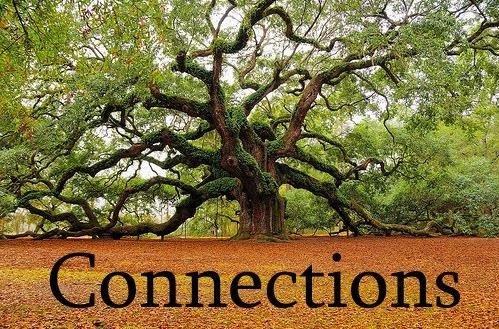In some places the land is divided in a very strange way. Facing the road would naturally be the most desirable for a lot. So the Chief would divide the lots so that only a very small breadth of the land would be allowed each man; one half line or perhaps up to two lines facing the road would run back almost indefinitely, so that a farm may be but a rod or two wide, and very, very long.
Then to make sure that each man know the size of his land, the old landmarks are looked over and marked by a double furrow, one furrow twice the width of the others; and to make it doubly sure, they place at each end a heap of stones which they call the “stones of the boundary.” Later on, if the furrow should disappear, the landmark of stones is still there.
We can understand how easily those boundary stones could be changed by a jealous and dishonest neighbor, even if it was forbidden by the law of Moses. It is still, as in the time of Moses, an unlawful and accursed act to remove the neighbor’s landmark.
There are no government surveyors or maps to which appeal can be make in case of disputed boundary lines. Furrows made by the plow for division are easily filled up, and the most common landmarks of mere piles of stones balanced one upon another, which a child could remove or knock down; yet they are respected and left untouched from generation to generation.
“Thou shalt not remove thy neighbour's landmark, which they of old time have set in thine inheritance, which thou shalt inherit in the land that the LORD thy God giveth thee to possess it (Deuteronomy 19:14).”
(Bowen, Barbara M., Strange Scriptures that Perplex the Western Mind, WM B. Eerdmans Publishing Co., Grand Rapids, Michigan, 1944, pgs 94-96)

No comments:
Post a Comment